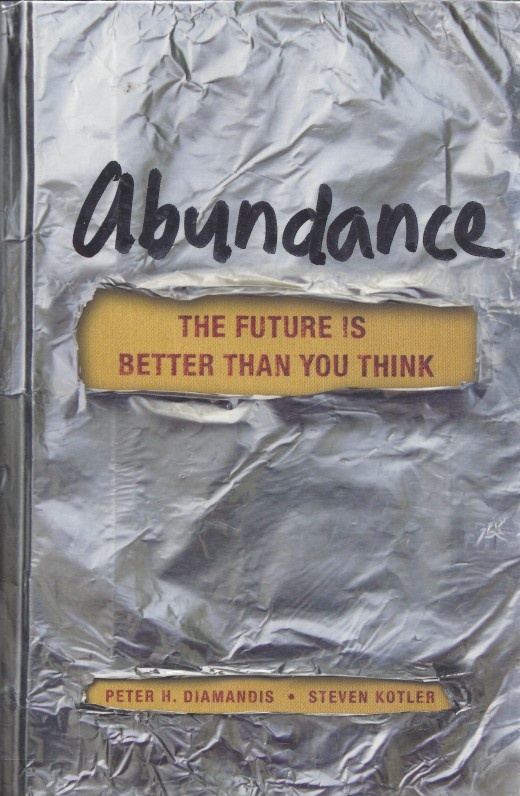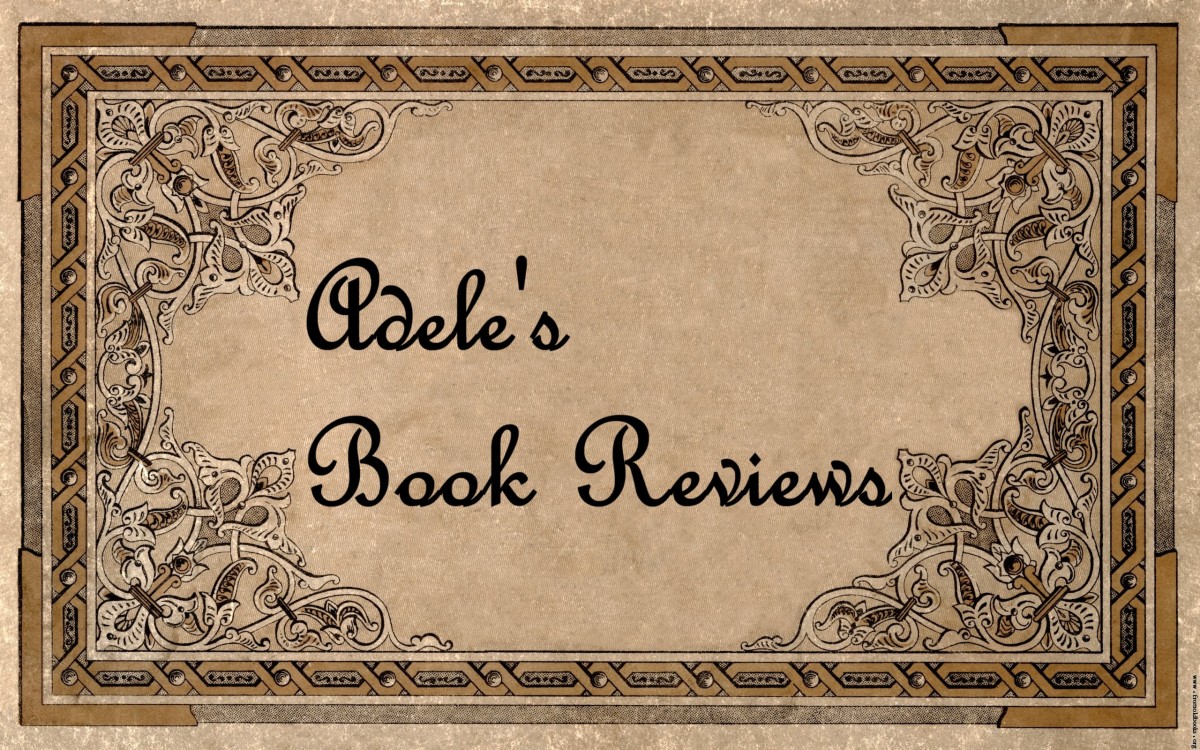Book Review: 'Abundance' by Peter Diamandis
Introduction
The book “Abundance: The Future is Better than You Think” by Peter Diamandis is an excellent counterpoint to the modern doom and gloom rhetoric. He describes what can be done using existing technology to improve the world, where it needs to advance and who is making the breakthroughs in clean water, sanitation, renewable energy and education. What are the pros and cons of the book "Abundance" by Diamandis?

How Does This Book Define Abundance?
“Abundance: The Future is Better than You Think” by Peter Diamandis describes a definition of abundance is having enough for a good life. The primary things required for abundance can be summarized as:
• Clean water in sufficient quantity to drink, bathe and maintain hygiene (lacking for over a billion people today)
• Safe sanitation (lacking for about two billion people today)
• Sufficient, nutritious food with adequate variety
• Enough electricity to run lights, a small refrigerator and a 2 burner cook top (eliminating the need to haul firewood and risk food spoilage from lack of refrigeration)
• Education at a basic level such as middle school level to provide literacy and training on technology to be able to seek out education for oneself as an adult
• Healthcare to prevent malnutrition and disability caused by it (such as lack of vitamin A causing blindness), stopping preventable diseases through vaccination, distribution of anti-malarial drugs and antibiotics to save many of the young children who still die today

My Opinion of This Book
I was pleasantly surprised by this book which I purchased as a counterpoint to the dystopian fiction so popular these days (“Hunger Games”, “Epitaph Road” and others). There is no radical, far-off promise of Utopia after a Singularity. Instead, Peter H. Diamandis basis his projections on real world technology and innovations in everything from energy to education being done today. His vision of a better world is well defined while managing expectations. This makes his vision of “Abundance” achievable in the next generation, and he names some of those leading the charge to make the world a better place using some of the technologies he advocates.
It has often been said that immigration adds to the ranks of the poor in developed nations. For immigrants who come from Third World nations, a poor and overcrowded house or apartment with running water, electricity, free public schools and emergency room care when serious ill is a major step up. The book “Abundance” is honest in the need to boost the quality of life for the bottom billion or two billion who lack these fundamentals. It is better to improve the infrastructure and opportunities in those areas than demand that developed nations taken in all of those who would come. It also recognizes that we do not have to lift these people to First World standards to dramatically improve quality of life in the world. Simply developing the basics of a better life would radically improve their lives, as well as help the world overall.
One of the few points I have to nitpick with the book is the over-emphasis on new wave philanthropy from people like Bill Gates and other internet millionaires turned philanthropy. He is right that massive aid from big governments has generally failed. Private charity is the right route, and it is making progress where government to government outreach and financial transfers have resulted in poor people staying poor while propping up dictators living in luxury. He mentions that it didn’t work, but he doesn’t describe why they failed and how the next generation of techno-philanthropy can avoid repeating them.
It was frustrating to see that “Abundance: The Future is Better than You Think” lacked references to Christian and other religious charities also making a major difference in many areas. From schools to hospitals, overlooking one of the major areas that has worked when government based philanthropy failed may be a deliberate omission or mistaken oversight. After all, many of the biggest and best hospitals in many developing nations are those supported by the Catholic Church and other Christian groups.
“Abundance” also ignored local developments to fill in for services that national governments failed delivery with sufficient quality, such as private schools in India and home-schooling world-wide. If it wasn’t high tech, renewable energy or guided, scientific use of low-tech solutions, the author Peter Diamandis didn’t care to mention it. Given his incredibly well researched book and detailed documentation of information sources and analysis, the assumption that only non-profit philanthropy can deliver goods and services the government cannot mostly ignores the private sector altogether except as a source of donations and technology itself.
However, if major corporations developed cheap energy generation or water purification for these regions within the budgets of those living on $1-2 a day, they’d tap into a massive, desperate market. He cites the rapid adoption of cell phones by Nokia into Nigeria and the benefits it brings to those who use cell phones, but he neglects any for-profit groups developing clean water solutions, better sanitation or remote education opportunities. At least he admits that genetically modified foods are not boogey-men but an actual solution to multi-pronged problems of malnutrition (by adding vitamins to key crops), deforestation (by eliminating its need by improving crop yields) and food loss (by engineering foods that last longer and thus don’t spoil going to market).






